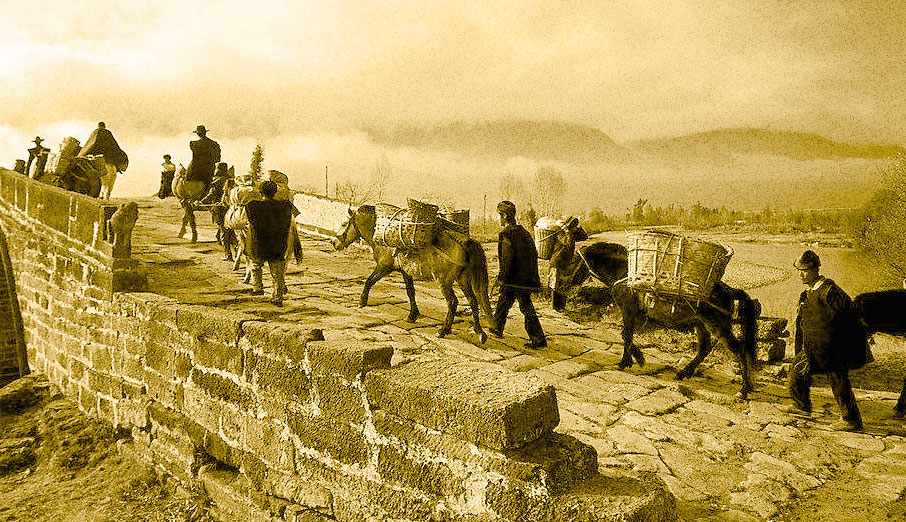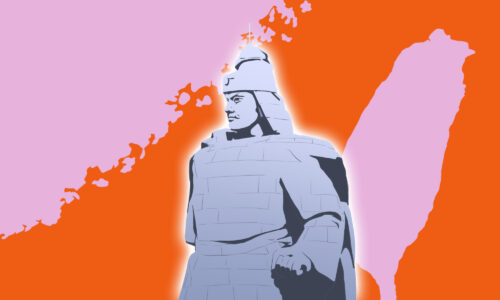Kuora: Yunnan, with all its history, is more than a vacation getaway

This week’s column comes from two of Kaiser’s answers, originally posted to Quora on July 17, 2014 and September 3, 2011.
Which is the most beautiful province in China to visit as a tourist?
and
When did Yunnan become a part of China?
The most beautiful province to visit: If I had to limit my answer to one, I’d go with Yunnan. In that single province you get a lot of ethnic diversity (Miao, Dai, Tibetan, Hani, Naxi, Mosuo, and dozens of other ethnic minorities), breathtaking natural scenery from the mountain valleys around Lijiang to the Stone Forest near Kunming and the tropical jungle of Xishuangbanna, and all sorts of outdoor activities like hiking, kayaking/whitewater rafting, horseback riding, and more. The weather in Yunnan is also good for most of the year, depending on where you go.
Yunnan was incorporated into China’s Han Dynasty (206 BCE to CE 220) in the 2nd century BCE, but had become partially sinicized when a general from the Chu kingdom (one of the seven major Warring States into which the fractured Zhou Dynasty had congealed) in the 3rd century BCE. During the Three Kingdoms period that followed the collapse of the Han Dynasty, the famed Chinese general and strategist Zhuge Liang 诸葛亮 of the Kingdom of Shu, based in Sichuan, conquered Yunnan in a series of campaigns.
With the collapse of the Han dynasty in the early 3rd century CE, Yunnan came once again to be dominated by semi-sinicized tribal people, culminating in the creation of a state called Nanzhao 南诏, which dominated much of the modern province from a capital at modern Dali from the 8th century to the mid-10th century. Nanzhao was recognized by the contemporaneous Tang Dynasty, which ruled China proper, as a separate kingdom. The Nanzhao kingdom was overthrown in mid-10th century, and its successor kingdom was snuffed out by the Mongols in the mid-13th century as they advanced southward.
The Mongols, or governors still loyal to the Mongols, continued to hold power in Yunnan even after Beijing fell to the Ming Dynasty and Han Chinese rule was restored in China in 1368, but Yunnan fell in 1381. Yunnan then became a feudatory under a Chinese general named Wu Sangui, who had famously surrendered to the Manchus and allowed them to enter China to end a short-lived rebellion against the Ming in 1644. He rose up against the Manchus in what was called the Revolt of the Three Feudatories, from 1673 to 1681, but this was put down by the Kangxi Emperor. Yunnan has remained a part of China since, and was more tightly integrated — culturally, institutionally, and linguistically — into China during the Second World War, when it became an important staging ground for resistance to Japan and hosted many refugees and important governmental institutions of the Nationalist regime.
And, again, it’s very beautiful:

Kuora is a weekly column.








